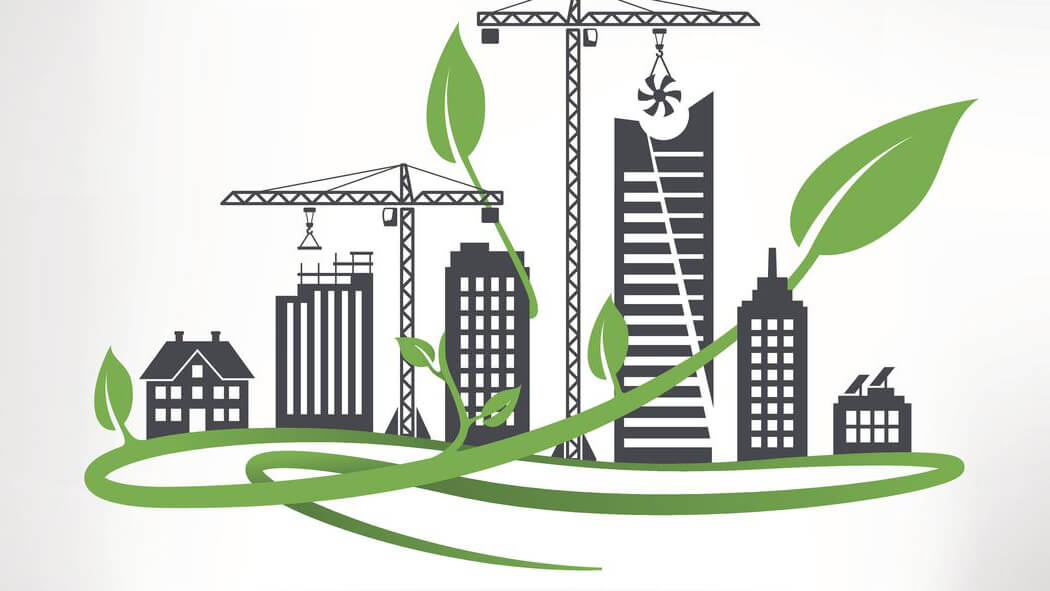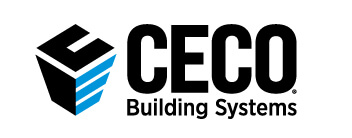The Importance of LEED Certification
Posted on August 4, 2021 by Ceco Building SystemsWhy It Pays To Make Your Building Projects Lean and Green
As consumers in nearly every age and demographic category become more aware of and committed to environmentally conscientious practices in business as well as their personal lives, the benefits for businesses of making Leadership in Energy and Environmental Design (LEED) certification a priority cannot be ignored. For those of us in the building industry specifically, beyond the many wonderful benefits to the earth, there are also numerous advantages for your business and your bottom line.
LEED Benefits: Reductions
Typically, the most significant financial impact builders of LEED-certified structures realize is the energy efficiency. When constructed with efficient heating and cooling that minimizes energy and indoor/outdoor water usage, buildings can average an energy consumption reduction by 30-60%. Buildings that achieve up to 30% efficiency may qualify for basic LEED certification, with LEED Platinum-level certifications requiring 50-60% efficiency. Silver and Gold certifications require 30-47% and approximately 48%, respectively. Obviously, reduced energy use means reduced energy bills – often among the largest expenses in operating a building.
Further reducing operating costs, most LEED-certified buildings average 15-20% lower maintenance costs than traditional commercial buildings, and even those that are retrofitted to improve green status can reduce operation costs by nearly 10% in one year.
LEED Benefits: Increases
Not all benefits are by way of reduction however; LEED certification can also lead to increases: an average of 10% or greater increase in the value of the property, increased resale value, and an increase in employee satisfaction and overall health – which means increased productivity, fewer employee sick days, greater success with recruitment and retention, and more.
According to Mahesh Ramanujam, president and CEO of the U.S. Green Building Council (USGBC), “Employees know that green building programs like LEED help companies to develop responsible, sustainable, and specific plans for green energy, water, waste, transportation and many other factors accountable for the human experience.” Additionally, the USGBC states that LEED buildings are linked to improved productivity, and health and wellness. In a study conducted by the organization, results showed that people’s decisions were influenced by whether or not the workplace was in a LEED-certified building, and that more than 90% of employees working in a LEED-certified building report job satisfaction. 79% of respondents say they would choose a job in a LEED-certified building over a non-LEED building.
At Ceco, we’re proud to manufacture the metal building products that can help you achieve your LEED certification and establish your company among the leaders in creating a healthier earth and future through sustainable building practices, as well as position your business for greater success.
Metal panels and roof systems are among the most effective building materials in improving efficiency, sustainability, and longevity. When you build with metal, you can expect overall higher performance in key areas that are used to determine your building’s LEED certification ranking, especially in Sustainable Sites, Energy and Atmosphere, Materials and Resources, and Indoor Environmental Quality categories, with indirect benefits in the Heat Island Effect and Water Efficiency categories.
General Ways Metal Building Materials Help Improve LEED Ranking
Below are some general ways metal building materials can help improve your ranking. For specific benefits of Ceco products and how they can help you achieve your desired LEED certification, talk to a Ceco representative.
- Cool metal roofs and coatings meet designated initial and three-year aged Solar Reflectance Index values for steep and low slope roofs in the Heat Island Effect category
- The minimal staging areas of prefabricated metal building systems earn points in the Site Development category
- The effective rainwater management of metal building systems contributes to ranking in the Water Efficiency category
- Metal building systems have high insulating value and thermal performance, supporting smaller HVAC systems and reduced electrical loads – all contributing factors in theOptimize Energy Performance category
- Metal roofs and facades support windows and skylights, as well as PV panels and solar thermal systems, all contributing indirectly to higher ranking in the Renewable Energy Production category
- The combined optimized environmental performance as well as adaptive reuse of metal products and materials can help with higher ranking in the Materials and Resources category, with indirect benefits also possible from metal construction’s focus on Building Life Cycle Impact Reduction, Whole-Building Life-Cycle Assessment, Building Product Disclosure and Optimization, and Sourcing of Raw Materials. The significantly smaller waste of metal building systems in Construction and Demolition Waste Management can also help add points in this category.
- Metal walls and roofs that meet Low-Emitting Materials standards can increase the number of points earned in the Indoor Environmental Quality category
Final Notes on LEED Certification
Of course every building project is different, based on client needs, building location, intended use, budget, and a variety of other factors. But with a little creativity and commitment to the long-term outcome of building practices, we can all work together to make a difference that leads not only to better quality buildings, but a better world for everyone for generations to come.


